What is the aim of the Cluster Munition Monitor?
Anne Héry , head of advocacy at Handicap International, explains the reasoning behind the Cluster Munition Monitor, an annual report published in September.

What is the Cluster Munition Monitor?
The Landmine and Cluster Munition Monitor is a grouping of NGOs co-founded by Handicap International in 1998, and co-directed by the organisation since that date. It publishes two annual reports, one on cluster munitions in September, the other on landmines in November, as well as fact sheets. The reports monitor progress in applying two ban conventions: the Convention on Cluster Munitions and the Mine Ban Convention. An editorial team of a dozen or so people starts preparing the reports in March, with help from about forty researchers worldwide.
What exactly does the Cluster Munition Monitor published on 1 September contain[1]?
It is an annual overview of the application of the Convention on Cluster Munitions. Have States Parties met their obligations? Have they conducted or supported clearance operations? Have they implemented victim assistance policies? If they have stockpiles of sub-munitions, have they destroyed them? What is the position of non-States Parties on the Convention? Which countries continue to produce and sell them? The Monitor also reports on new uses and victims of sub-munitions every year in conflict zones.
Does that mean signatories to the Convention have to fulfil certain obligations?
Yes, when a State joins the Convention, it is bound by a certain number of obligations, such as no longer using, producing or trading sub-munitions. They also agree to destroy stockpiles, provide victim assistance, support the clearance of contaminated areas, etc. The report provides an overview of the policies and actions implemented by each signatory country as they apply to the Convention.
What is the purpose of the report?
It plays a vital role in monitoring the application of the Convention. In fact, it has become a benchmark, even for States. It can be used to establish a dialogue with States and to encourage them to sign the Convention or to better apply a particular point. The report also makes public the violence and problems caused by sub-munitions based on compiled and verified facts. In addition, it helps us apply political pressure. This year, for example, it documents the extensive use of sub-munitions by Saudi Arabia in civilian areas of Yemen. This allows us to put political pressure on this country, but also on its allies: we can say to those countries: look at what your partner is doing.
What are the main lessons to learn from the 2016 Monitor?
Sub-munitions were used intensively in Syria and Yemen in 2015. Almost all victims were civilians. That’s appalling. On the other hand, more and more countries are signing the Convention. Stockpiles are steadily being destroyed, and that is gradually reducing sources of supplies.
What does Handicap International do to help eliminate sub-munitions?
We run clearance programmes and provide risk education on the presence of explosive remnants of war in multiple countries. Handicap International is also a member of the Cluster Munition Coalition that publishes the Monitor. We have a team of political lobbyists who talk to States and international bodies, such as the United Nations, in order to advance international humanitarian law. We also run awareness campaigns targeted at the public, which in turn encourages people to put pressure on States. When a petition has been signed by hundreds of thousands of people, it is taken very seriously by governments.





